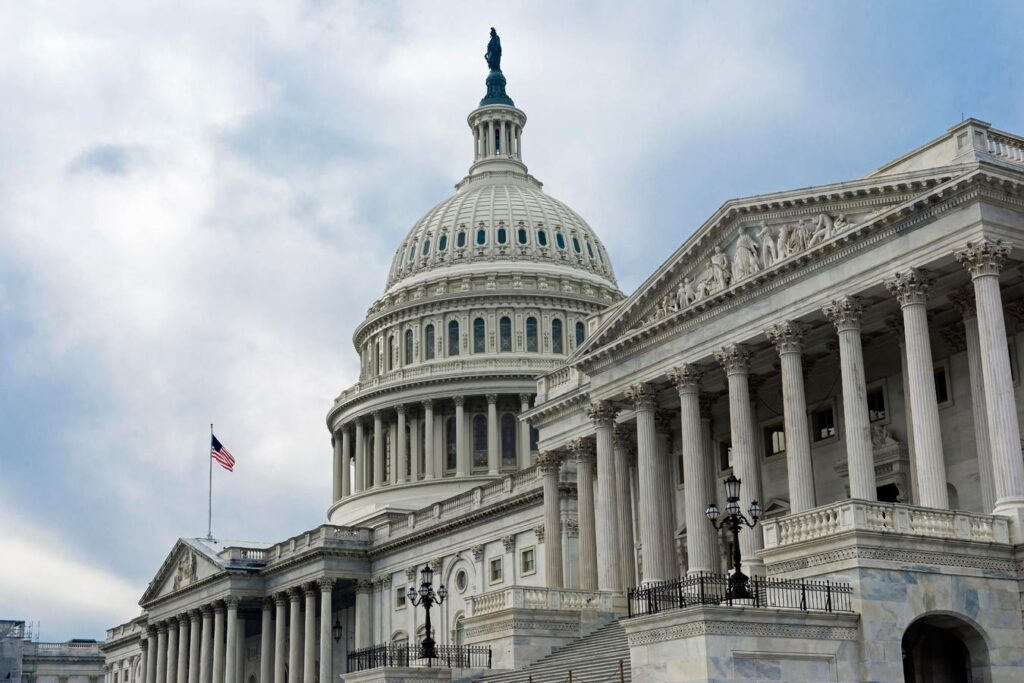The student debt crisis in the United States is a complex issue that stems from multiple factors, making it increasingly dire over time. One prominent contributor is the ever-rising costs of higher education. As tuition continues to climb, families find it challenging to estimate or plan for the expenses associated with college. This financial burden is compounded by the increasing number of college degrees that yield negative returns on investment (ROI). Students often graduate with large debts for degrees that fail to provide the expected financial returns in terms of higher earnings or better job prospects. As a result, many borrowers find themselves trapped in a cycle of debt that does not lead to the promised opportunities.
Furthermore, the structure of both federal and private student loans facilitates the escalation of this crisis. Both types of loans enable students to borrow significant amounts of money, often without a fully informed understanding of the long-term implications. The interest rates associated with these loans play a vital role as well, particularly in recent years. For example, interest rates on Direct Loans disbursed between July 1, 2024, and July 1, 2025, have been set at a comparatively high 6.53% for undergraduate loans, 8.08% for graduate loans, and even higher rates for certain PLUS loans. The issue is exacerbated by the fixed-rate structure of federal student loans, which means borrowers locked into higher rates during previous years are unable to take advantage of potentially lower rates in the future, leaving them financially vulnerable.
In an attempt to address some of these issues, lawmakers are proposing new solutions to alleviate the strain of student debt on borrowers. A noteworthy effort is the Affordable Loans For Students Act, introduced by New York Congressman Mike Lawler. This bill aims to reduce student loan interest rates dramatically to just 1% for the remaining balances of federal student loans and allow borrowers to refinance existing non-Direct federal loans to qualify for this reduced rate. By providing a much lower interest rate, the bill aims to offer a more manageable pathway for borrowers grappling with significant debt, contrasting sharply with earlier student loan forgiveness initiatives that have largely proven ineffective.
Lowering interest rates to 1% could significantly benefit borrowers who are making payments based on non-income-driven repayment plans. For example, a borrower with $30,000 in student loans at a 6.5% interest rate would see their monthly payments drop from $341 to $263 if the rate were reduced. This change would result in substantial savings on overall interest payments, demonstrating how a shift in interest rates could alleviate some financial burdens for many student loan borrowers. However, there is a caveat; borrowers enrolled in income-driven repayment plans may not experience the same level of relief. Their payments are determined by discretionary income, meaning a reduced interest rate would not affect their monthly payment amounts and could inadvertently complicate their path towards eventual loan forgiveness.
While the prospect of lowering interest rates is appealing, significant uncertainties remain surrounding the political landscape and the implementation of such measures. The anticipated lack of support for broad student loan forgiveness from the incoming Trump administration further underscores the urgency of finding alternative solutions, in which lowering interest rates might serve as a viable option. With potential legal challenges looming over ongoing initiatives like the Saving On a Valuable Education (SAVE) income-driven repayment plan, borrowers are left navigating an unstable terrain, hoping that proposed legislation will emerge favorable to their financial situations.
In addition to the Affordable Loans For Students Act, other legislative efforts are underway to address the student debt crisis from different angles. For instance, the College Cost Reduction Act, proposed by Rep. Virginia Foxx last year, includes initiatives that could significantly assist borrowers by aiming to double Pell Grant awards, preventing interest capitalization on loans, and ensuring repayment amounts align with a 10-year loan structure. However, this bill also contains provisions that may decrease support, such as eliminating the Federal Supplemental Educational Opportunity Grant program and PLUS loans for parents and graduate students. As congressional proposals continue to emerge, the future of effective and holistic solutions to tackle the multifaceted student debt crisis remains uncertain.

